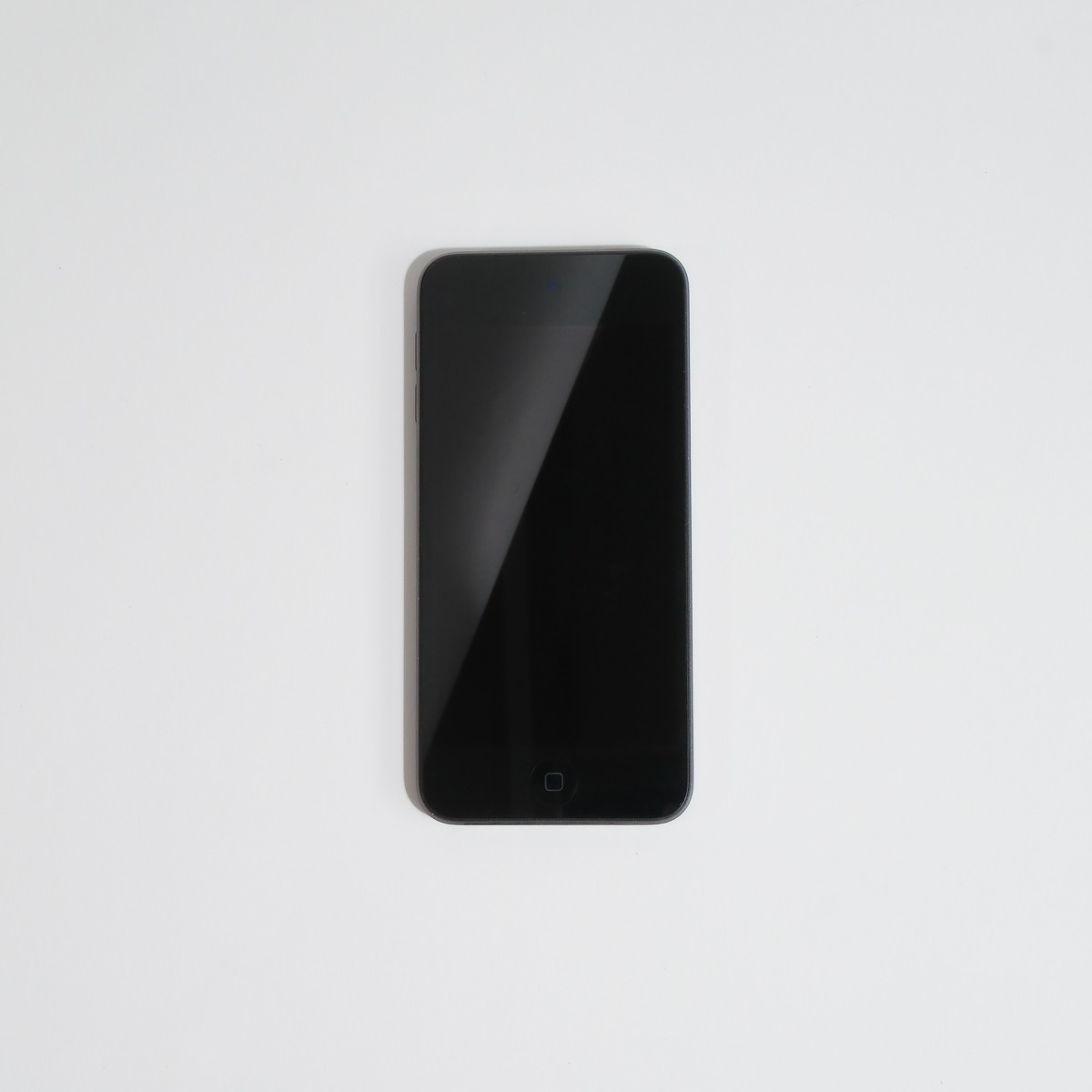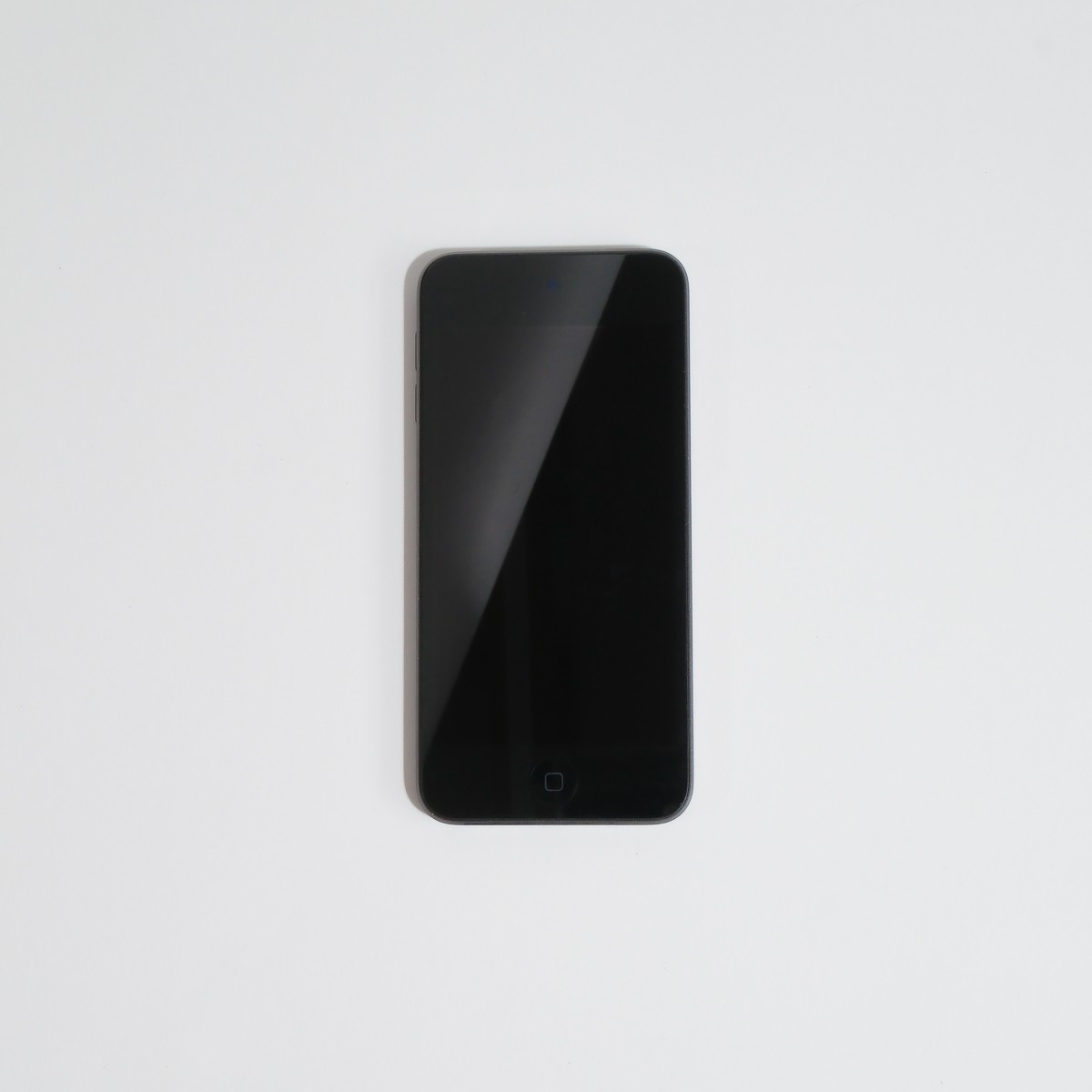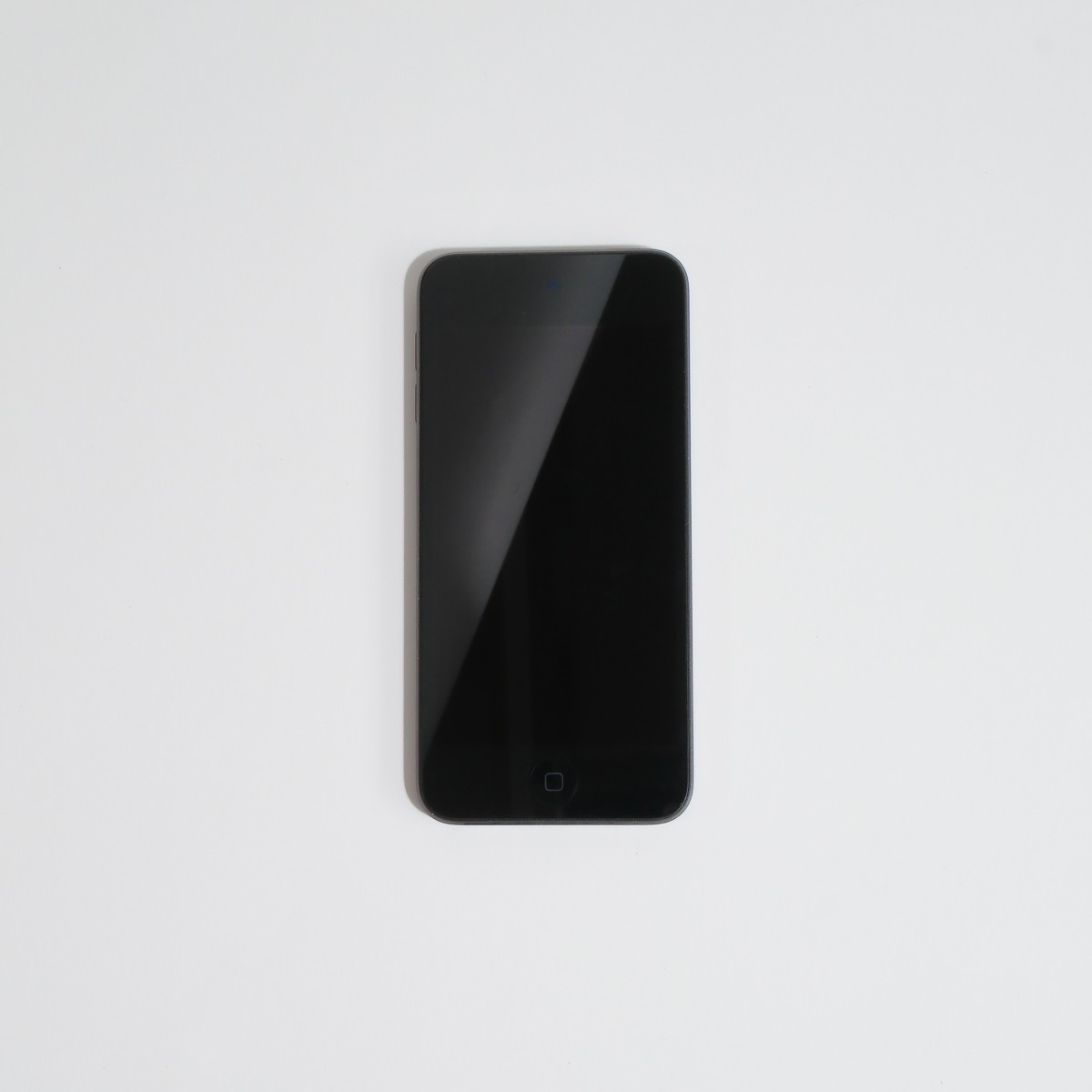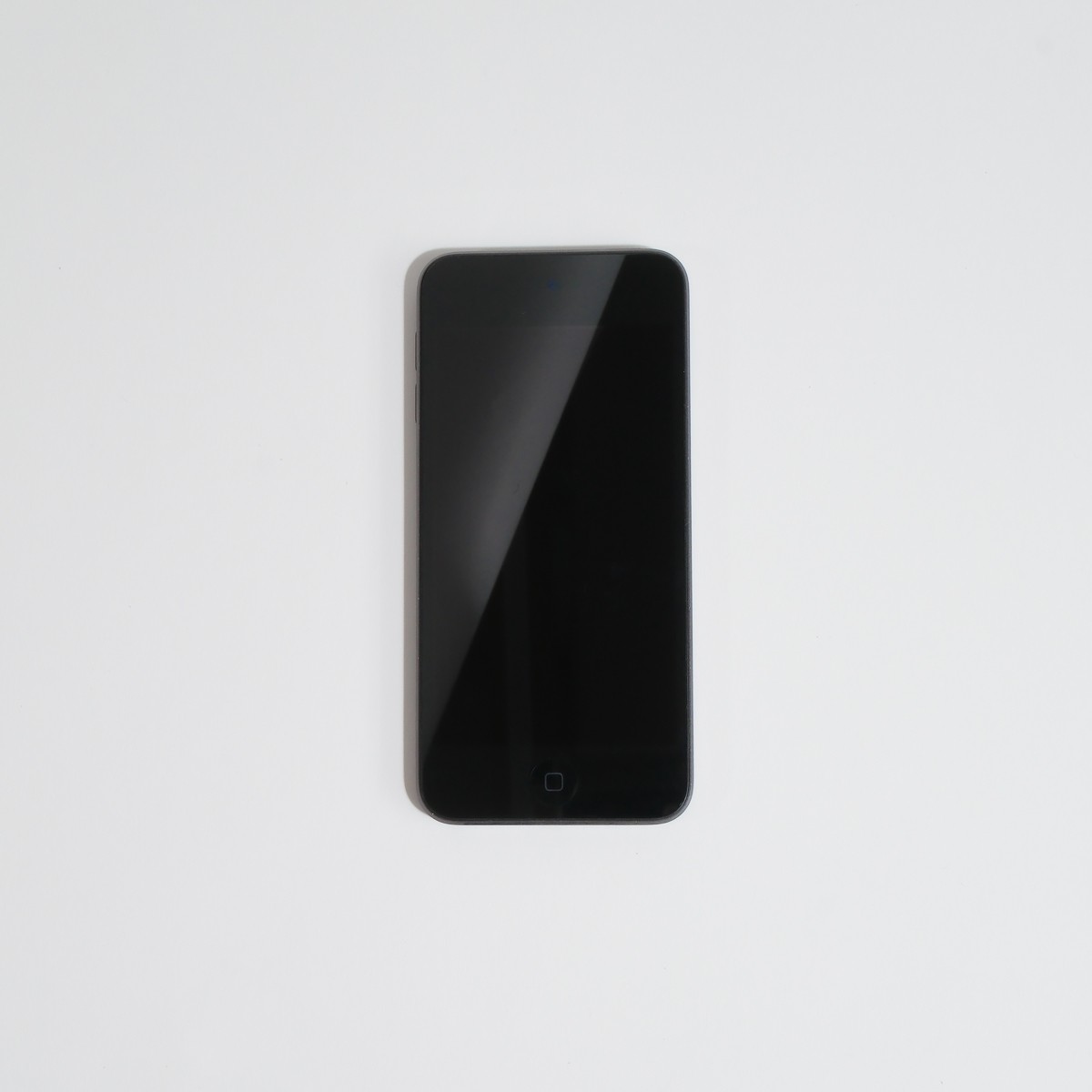iPhone 4
The iPhone 4, released in 2010, marked a major redesign in the iPhone lineup. It featured a sleek glass and stainless steel frame and was the first iPhone to include a high-resolution Retina display, offering unparalleled clarity and sharpness for its time. The iPhone 4 also introduced a front-facing camera, enabling video calls through Apple’s FaceTime feature. This model set new standards for both form and function in the smartphone market, with its blend of design innovation and powerful technology making it a milestone in the evolution of mobile devices.
Technical Characteristics
Portable Devices
1 GHz Apple A4 (underclocked to 800 MHz)
512 MB
8 GB, 16 GB, or 32 GB flash storage (non-expandable)
3.5-inch Retina Display (IPS LCD) Resolution: 640x960 pixels at 326 ppi
PowerVR SGX535 GPU
Rear camera: 5 MP with autofocus and LED flash, Video recording: 720p HD video at 30 fps, Front camera: VGA (0.3 MP) for FaceTime video calls
1420 mAh Lithium-ion battery, Talk time: Up to 7 hours on 3G, Standby time: Up to 300 hours
iOS 4.0 (upgradable to iOS 7.1.2)
3G HSDPA (850, 900, 1900, 2100 MHz), 2G GSM (quad-band 850/900/1800/1900 MHz), Wi-Fi (802.11b/g/n), Bluetooth 2.1 + EDR, Assisted GPS (A-GPS) and digital compass
Accelerometer, Proximity sensor, Ambient light sensor, Gyroscope (new to iPhone 4)
137 grams
Height: 115.2 mm, Width: 58.6 mm, Depth: 9.3 mm



